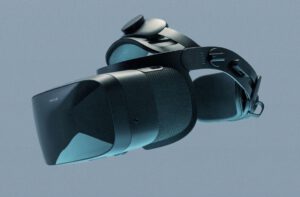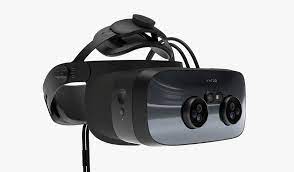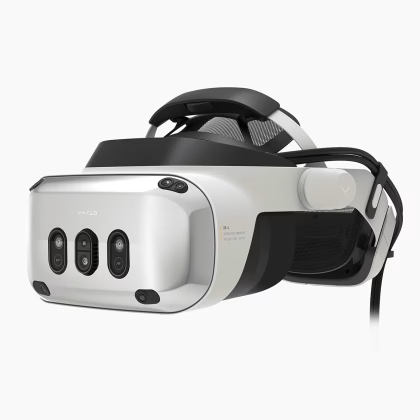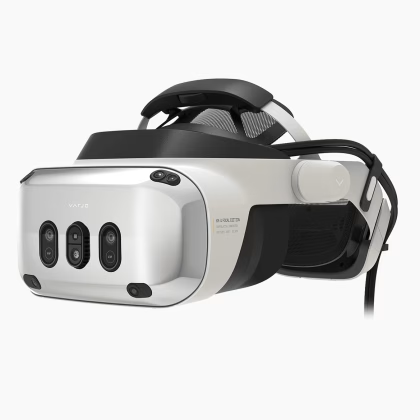Eye Tracking
Find the right eye tracker for your needs and take your data to the next level with unparalleled analysis capabilities from iMotions.
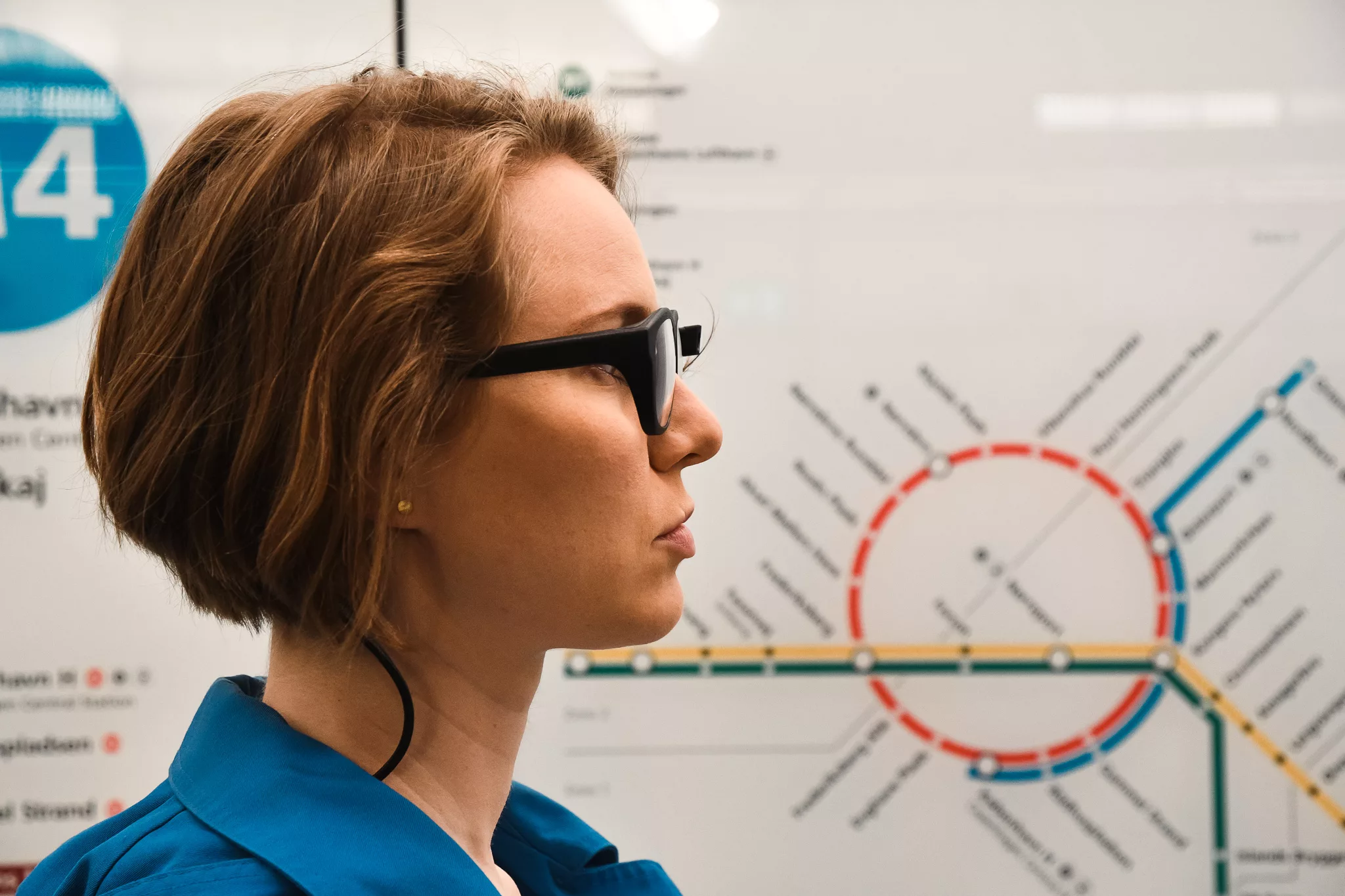
What is Eye Tracking?
Eye tracking is a sophisticated technology that captures and analyzes where and how we look at visual objects or scenes. At its core, it involves measuring either the point of gaze (where one is looking) or the motion of an eye relative to the head. This technology leverages advanced sensors and algorithms to accurately track the eye movements of a user, providing insights into visual attention, cognitive processing, and behavioral intentions.
Whether for advancing scientific research or enhancing consumer products and services, eye tracking technology stands at the intersection of human cognition and digital innovation, offering deep insights into the silent language of our eyes.
How does eye tracking work?
Light from infrared cameras is directed toward the participant’s pupils, causing reflections in both the pupil and the cornea. These reflections, otherwise known as pupil center corneal reflections (PCCR), can provide information about the movement and direction of the eyes.
Academic researchers use information about eye movements and fixations to assess attentional processes, compare group behavior, measure stimuli-induced visual responses, and more.
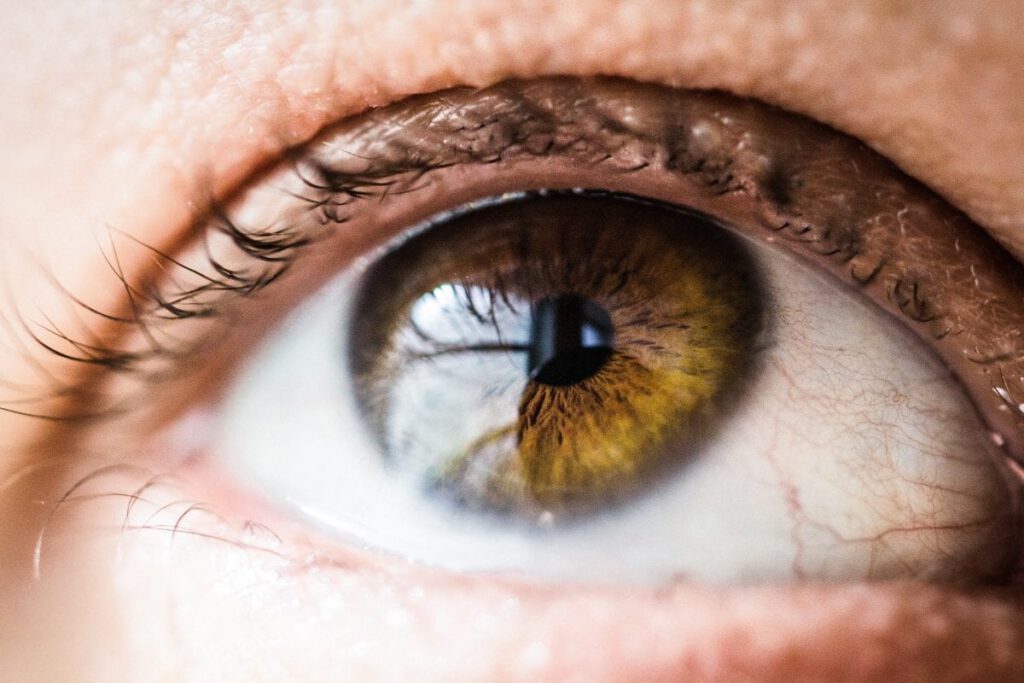
Leading consumer brands use eye tracking to better understand customer experience and product performance by measuring visual attention to key messages in product advertisements, placement and branding, package design, and more.
Read more: What is eye tracking and how does it work?
Different Types of Eye Trackers
There are different types of eye trackers, both when it comes to the technology they use to track gaze, but also when it comes to their application area. We tend to focus on the application area first, and technology used second, because after all it is what you can use them for that matters.
Broadly speaking there are three types of eye tracking applications:
Screen Based Eye Trackers
Screen-based eye trackers are devices that measure the eye movements and gaze behavior of a person who is looking at a screen. Screen-based eye trackers can capture and analyze data such as where, when, and how long a person looks at different parts of the screen, as well as the pupil size and eye blinks of the person. Screen-based eye trackers can be used for various applications, such as:
Academic research: Screen-based eye trackers can help researchers study how people process visual information, compare different groups of participants, and measure the effects of stimuli on eye movements and fixations.
Consumer insights: Screen-based eye trackers can help businesses understand how customers perceive and respond to their products, advertisements, websites, and other visual elements. Screen-based eye trackers can help optimize design, branding, and marketing strategies.
User experience: Screen-based eye trackers can help designers and developers evaluate and improve the usability, accessibility, and engagement of their digital products and services. Screen-based eye trackers can help test and refine user interfaces, navigation, content, and functionality.
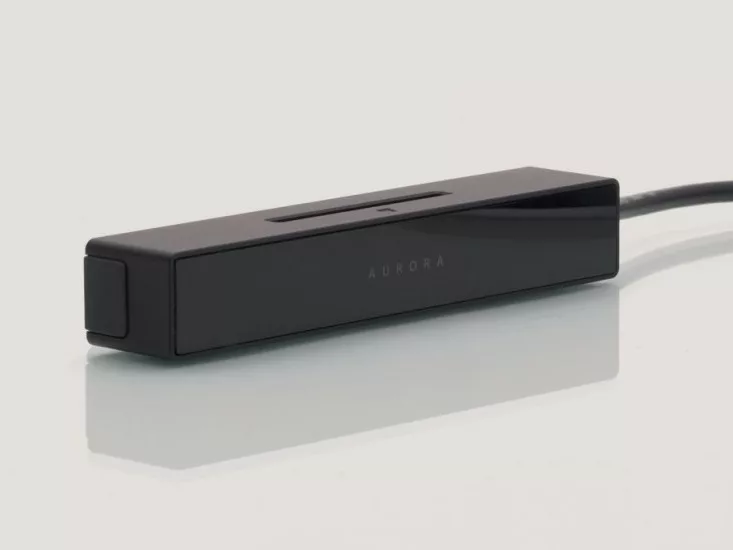
Recently published research using screen based eye tracking
Screen based eye trackers from our partners
-
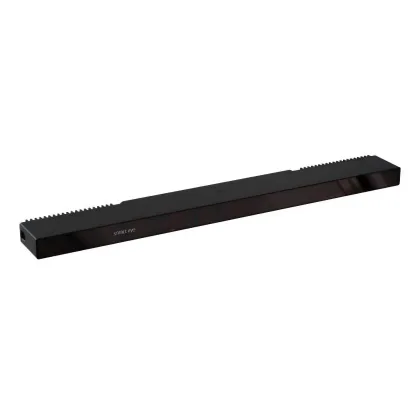
Smart Eye
Smart Eye AI-X
Eye tracking screen based
In StockCompare -
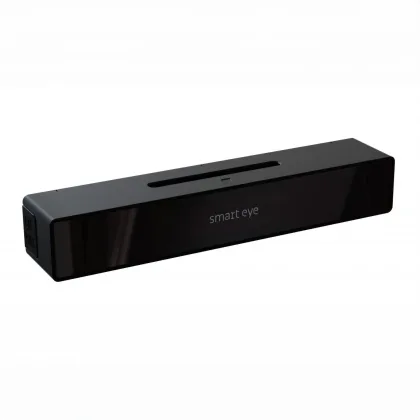
Smart Eye
Smart Eye Aurora Eye Tracker
Eye tracking screen based
In StockCompare -
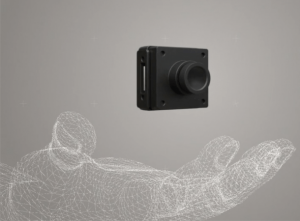
Smart Eye
Smart Eye Pro 60 Hz
Eye tracking screen based
In StockCompare -
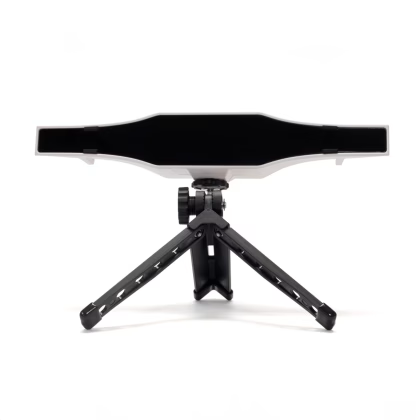
Gazepoint
Gazepoint GP3 HD
Eye tracking screen based
In StockCompare -
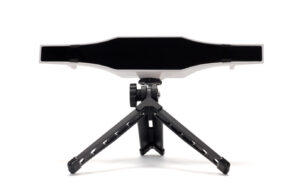
Gazepoint
Gazepoint GP3
Eye tracking screen based
In StockCompare -
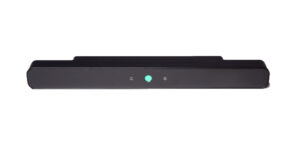
EyeTech
EyeTech VT3 Mini
Eye tracking screen based
Limited AvailabilityCompare
Eye Tracking Glasses
Eye tracking glasses are wearable devices that measure the eye movements and gaze behavior of a person who is looking at the real world. Eye tracking glasses can reveal information about attention, cognition, emotion, and behavior in naturalistic settings. Eye tracking glasses can be used for various purposes, such as:
Academic research: Eye tracking glasses can help researchers study how people process visual information, compare different groups of participants, and measure the effects of stimuli on eye movements and fixations in authentic environments.
Consumer insights: Eye tracking glasses can help businesses understand how customers perceive and respond to their products, advertisements, websites, and other visual elements in real-world contexts.
Training and assessment: Eye tracking glasses can help transfer skills and optimize workflows by visualizing worker processes first-hand. Eye tracking glasses can help reduce training times and improve staff performance across various domains.
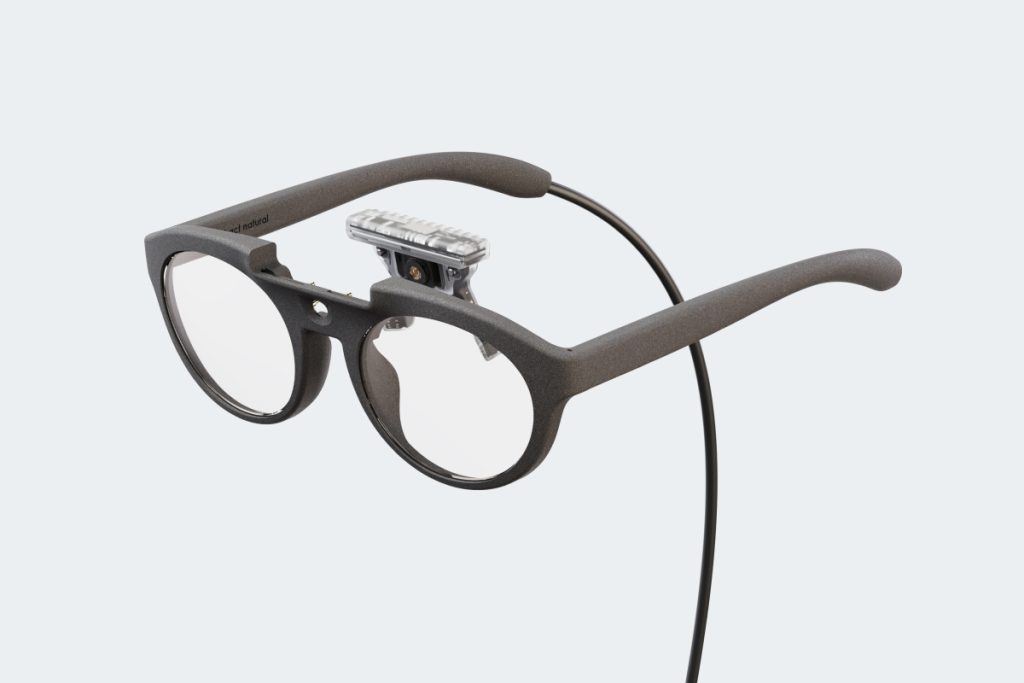
Recently published research using eye tracking glasses
Eye tracking glasses from our partners
-
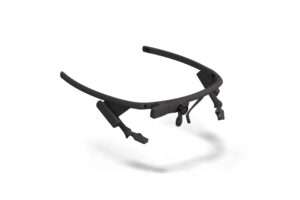
Pupil Labs
Pupil Core
Eye tracking glasses
In StockCompare -
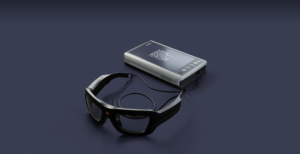
Viewpointsystem
Viewpointsystem VPS 19
Eye tracking glasses
In StockCompare -
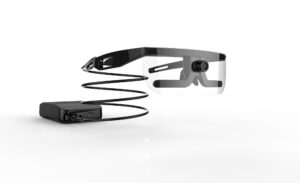
Argus Science
ETVision System
Eye tracking glasses
In StockCompare -

Pupil Labs
Just Act Natural – Neon Eye Tracking Glasses
Eye tracking glasses
In StockCompare -
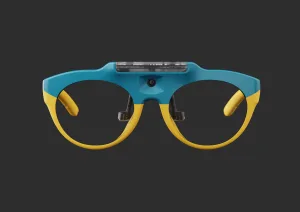 Age 2-8
Age 2-8Pupil Labs
All Fun and Games – Neon Eye Tracking Glasses for Kids
Eye tracking glasses
In StockCompare -
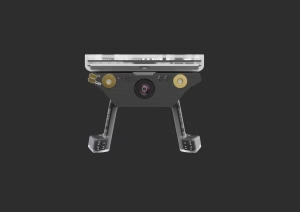
Pupil Labs
Neon module – bare metal
Eye tracking glasses
In StockCompare -

Pupil Labs
Better Safe Than Sorry – Neon Safety Eye Tracking Glasses
Eye tracking glasses
In StockCompare -
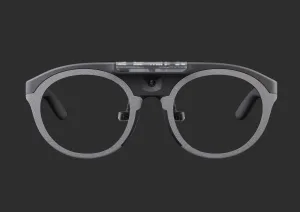
Pupil Labs
I Can See Clearly Now – Neon Eye Tracking Glasses
Eye tracking glasses
In StockCompare -
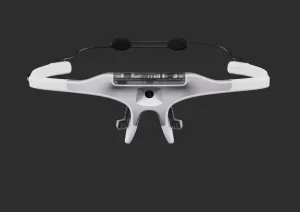 Age 2-8
Age 2-8Pupil Labs
Crawl Walk Run – Neon Eye Tracking Glasses
Eye tracking glasses
In StockCompare -
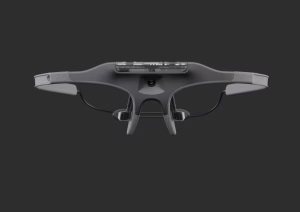
Pupil Labs
Ready set go! Neon Eye Tracking Glasses
Eye tracking glasses
In StockCompare -
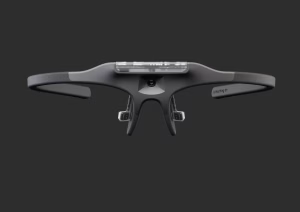
Pupil Labs
Is This Thing On? Neon Eye Tracking Glasses
Eye tracking glasses
In StockCompare -
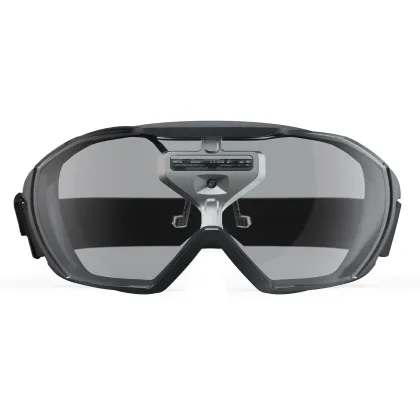
Pupil Labs
The Goggles – Neon Eye Tracking Glasses
Eye tracking glasses
In Stock -
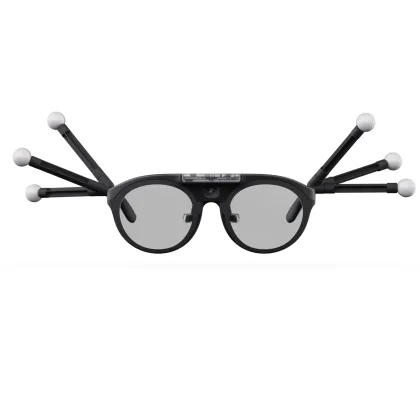
Pupil Labs
I Can Track Clearly Now – Neon Eye Tracking Glasses
Eye tracking glasses
In Stock -
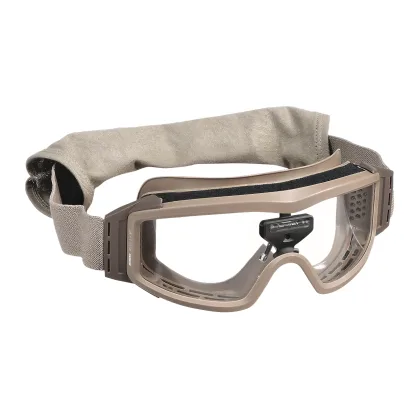
Pupil Labs
All Clear – Neon Eye Tracking Glasses
Eye tracking glasses
In Stock
VR Eye Tracking
The integration of eye tracking technology into Virtual Reality (VR) and Augmented Reality (AR) headsets is a game-changing advancement that is transforming both academic research and commercial applications. By combining the immersive experience of VR/AR with the precise measurement of eye movements, these headsets provide unparalleled insights into human behavior, attention, and interaction with digital environments.
Academic Research Applications
In academic settings, VR/AR headsets with eye tracking are opening new frontiers in psychology, neuroscience, and education. Researchers can create controlled, immersive environments to study cognitive processes, spatial awareness, and social interaction in ways that were previously impossible. For example, in psychology, these headsets allow for the investigation of attentional processes and decision-making in simulated real-world scenarios. In neuroscience, they are used to study the neural mechanisms of navigation and memory within spatially complex environments. Additionally, in education, they offer innovative approaches to learning and skill development, enabling educators to assess how students interact with and absorb educational content in virtual settings.
Commercial Research Applications
Commercially, VR/AR headsets with eye tracking are revolutionizing product design, marketing, and user experience research. In product design, companies can evaluate consumer interaction with virtual prototypes, gaining insights into user preferences and ergonomics without the need for physical models. In marketing, these headsets provide a novel way to measure consumer engagement and emotional responses to advertisements or products in a simulated marketplace. User experience researchers utilize eye tracking in VR/AR to understand how users navigate and interact with digital interfaces, identifying areas for improvement to enhance usability and satisfaction.
Training and Simulation: Both academic and commercial sectors benefit from VR/AR simulations for training purposes. Eye tracking data can help in evaluating the effectiveness of training modules, focusing on how trainees observe, learn, and react to simulated scenarios, ranging from surgical procedures to emergency response training.
Behavioral Research: By analyzing gaze patterns in virtual environments, researchers can gain insights into human behavior, preferences, and decision-making processes, offering valuable data for both psychological studies and market research.
Accessibility: VR/AR headsets with eye tracking are also being used to develop more accessible technologies for individuals with disabilities, enabling control and interaction through eye movements alone.
Entertainment and Gaming: In the entertainment industry, eye tracking enhances user engagement by enabling more immersive gaming experiences and interactive media consumption, where content adapts in real-time to where the user is looking.
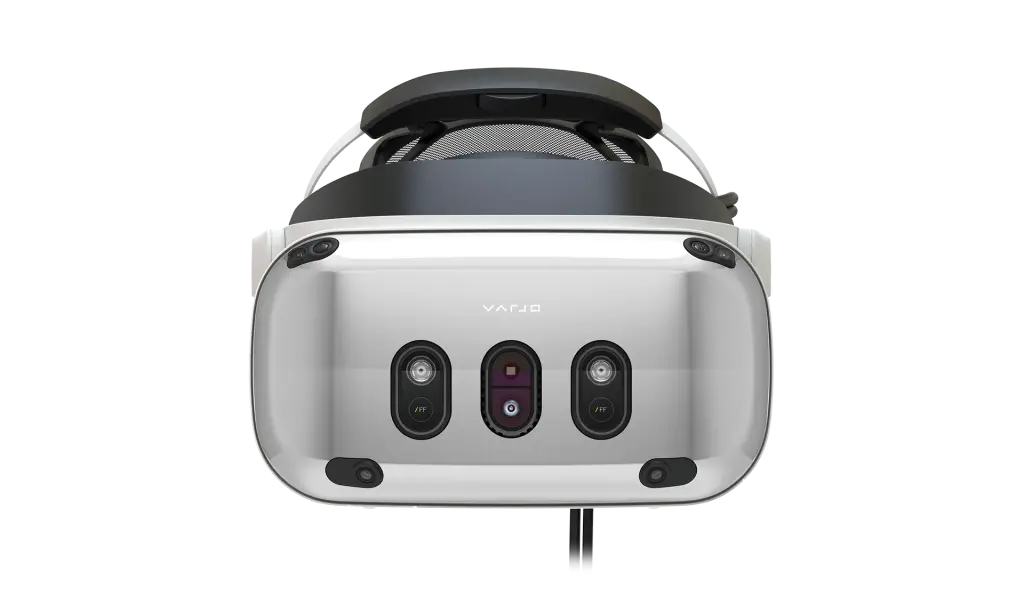
Recently published research using eye tracking enabled VR/AR headsets
Eye tracking enabled VR/AR headsets from our partners
Eye Tracking Software

A Complete Eye Tracking System: Hardware & Software
For high accuracy and precision eye tracking research that generates meaningful insights, you’ll need to think about which type of eye tracker is suited to your studies and how you will analyze the collected data with software. How these systems work together will dictate the quality of your findings.
Your eye tracking system setup may be screen based for stationary studies, glasses for ambulatory, or VR eye tracking in virtual environments. iMotions software is compatible with all three.
Read more: A guide to selecting eye tracking solutions
What is Gaze Mapping?
If you want to measure visual attention to specific elements in the real world across participants with eye tracking, iMotions provides a way for dynamic visual content to be represented by a static image – this is called gaze mapping.
- iMotions computer-vision algorithm identifies representations of the reference image (left) in the recording (right).
- The software corrects for differences in distance and angle across participants and maps the gaze onto the reference image.
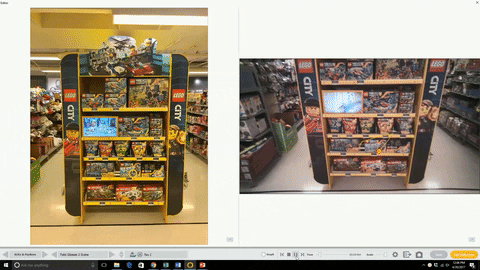
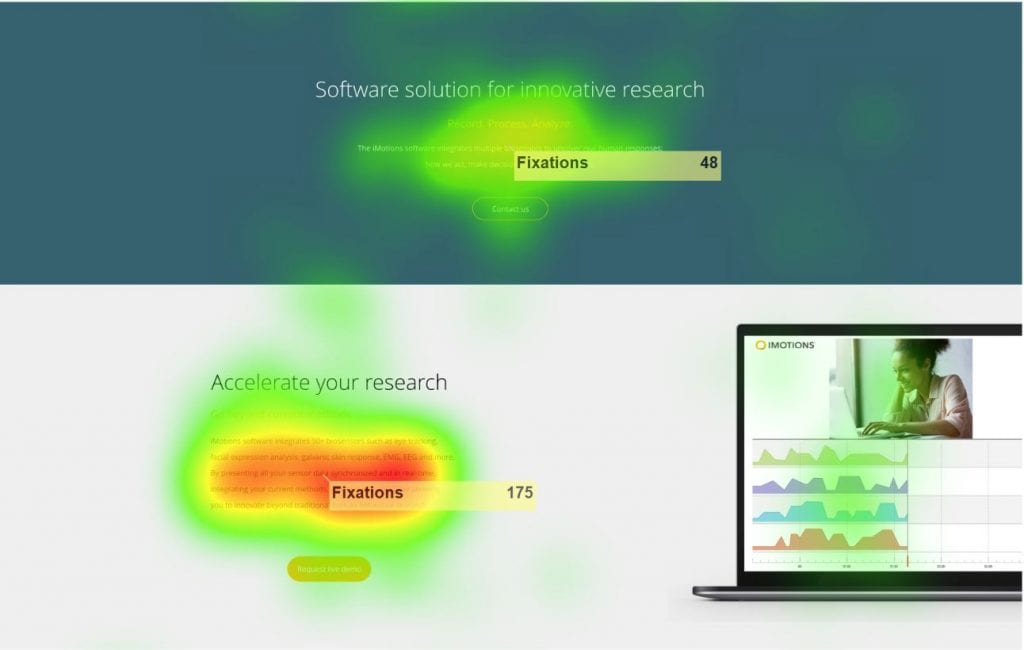
Eye Tracking Visualizations in the iMotions Software
iMotions allows you to use any type of stimuli for your study and enables you to intuitively visualize your study data. Work with images, video, VR environments, web content, or ‘in the wild’ setups with our core desktop lab software, which includes diverse eye tracking metrics and visualizations. Through software add-ons, you can extend the collection capabilities to also allow online remote studies and mobile data collection.
Read more: Top eye tracking metrics
Webcam Eye Tracking Technology
iMotions Remote data Collection Module is a browser-based tool featuring high-accuracy remote eye tracking technology that we’ve developed in house and trained against one of the largest eye tracking data sets in the world. Conduct online studies with webcam eye tracking and add facial expression analysis, voice analysis and respiration together to deliver on flexibility and depth of insights with no extra hardware needed.
iMotions Remote Data Collection is the perfect companion for online research and even has a feature rich survey tool. Set up studies in iMotions Lab and deploy through the Remote Data Collection Module, and get insights from a global audience. Include screen recordings in your study and see heat maps overlaid with both individual and aggregated data.

Get started with eye tracking using one of our modules
FAQ
Here you can find some of the questions we are asked on a regular basis. If you have questions you cannot find here, or elsewhere on our website, please contact us here.
What is eye tracking?
How does eye tracking work?
How does eye tracking software work?
Learn more about eye tracking
-

Eye Movements Explained: Understanding Saccades, Smooth Pursuits, and Fixations
Consumer Insights
-
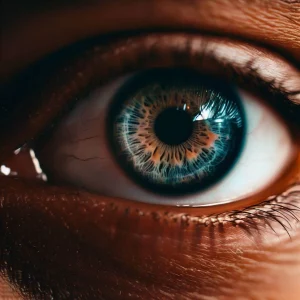
What is Eye Tracking and How Does it Work?
Consumer Insights
-
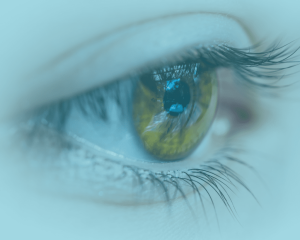
Anatomy of an Eye Tracker [How Eye Tracking Works]
Consumer Insights
-

How to Set Up a Cutting-Edge Research Lab [Steps and Examples]
Consumer Insights
Researchers using eye tracking
-
Upcoming webinar
Unconscious, Non-Conscious, or Subconscious: When To Use Which Term According To Science
Thursday 1. January 1970, 12am UTC
Learn more -

Integrating the California Verbal Learning Test (CVLT) with iMotions: A Multimodal Approach to Verbal Memory Assessment
Webinar |Academia
-
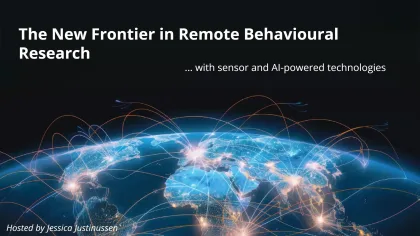
The New Frontier in Remote Behavioral Research
Webinar |Academia
00:58:00
-
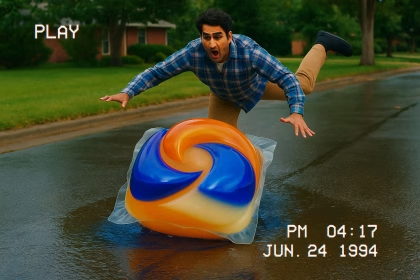
More Likes, More Tide? Insights into Award-winning Advertising with Affectiva’s Facial Coding
Webinar |Consumer Insights


